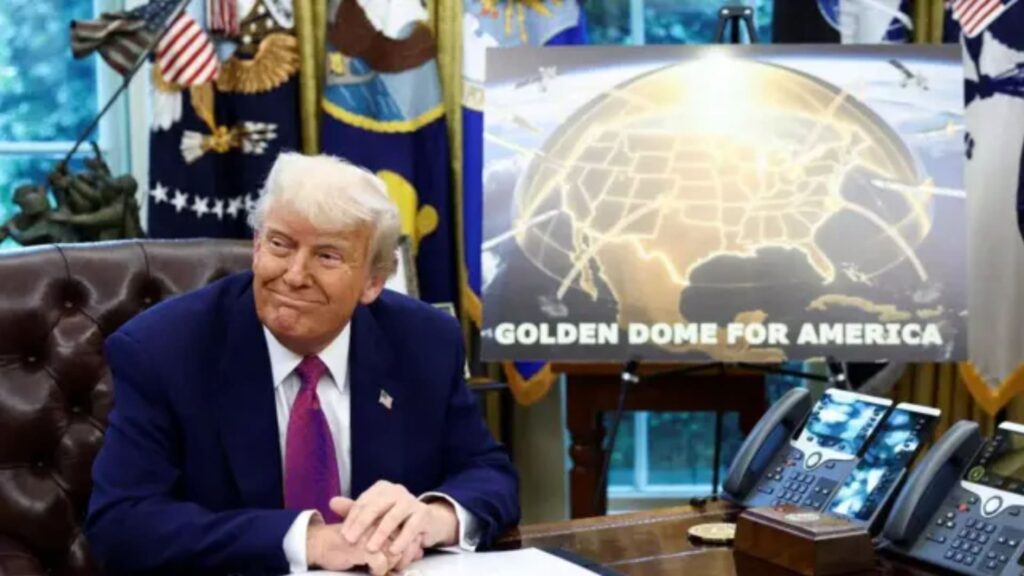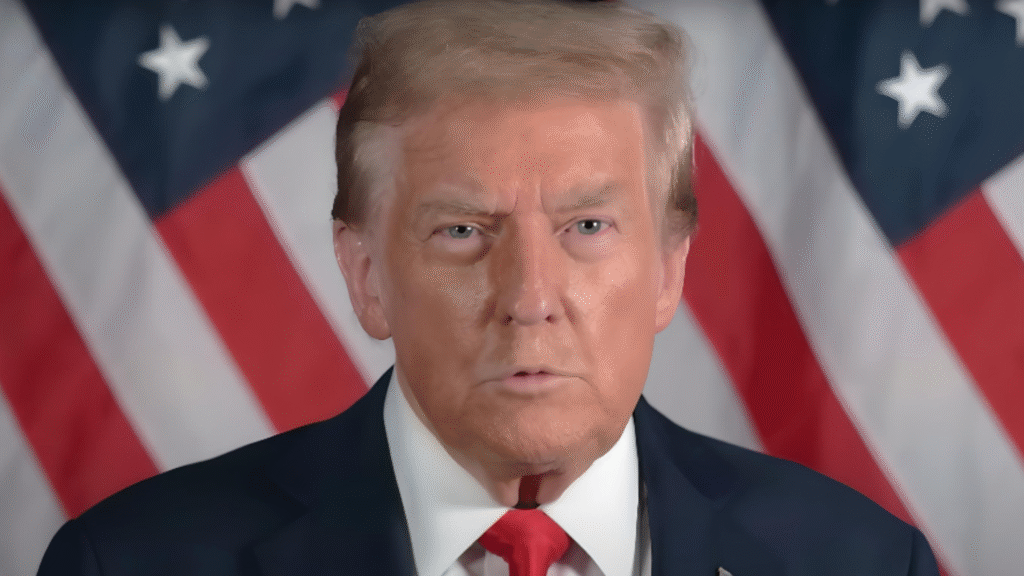As the international landscape grows increasingly volatile and concerns mount over the resilience of defense supply chains, President Donald Trump’s administration is reevaluating its strategic partnerships with major private tech companies. One of the first and most symbolic steps in this new direction is the search for alternative contractors for the ambitious “Golden Dome” missile defense project.
Although SpaceX was initially seen as a key player, known for its cutting-edge innovation and rapid development cycles, the White House is now reassessing the company’s role. This shift is driven less by personal tensions between Trump and Elon Musk — though those have become increasingly public — and more by broader geopolitical and strategic considerations. In an era marked by accelerating cooperation between military-industrial sectors of countries like Russia and China, the question of self-reliance in critical defense systems has become paramount.
According to high-level sources, both the Pentagon and the National Security Council have pushed for a diversification of suppliers. “Relying on a single tech player is a vulnerability we can no longer afford,” said U.S. Air Force General Michael Guetlein during a closed briefing. He emphasized that the future architecture of America’s missile defense must be both resistant to external interference and adaptable to internal change.
The “Golden Dome” project — named after a historically resonant symbol — is envisioned not simply as a military asset, but as the foundation of a new national defense doctrine for the 21st century. Beyond intercepting ballistic threats, the system will incorporate cyber defenses, orbital surveillance components, and real-time interception command powered by artificial intelligence. Special emphasis is being placed on integrating the system with emerging AI networks capable of autonomously identifying and responding to threats.
Sources confirm that the administration is already in discussions with a new circle of potential contractors, including established defense giants such as Lockheed Martin, Raytheon, and Northrop Grumman, as well as smaller startups working at the intersection of aerospace and machine learning. The goal is not simply to replace one contractor with another, but to create a multi-tiered ecosystem where no single entity holds monopolistic control over national security assets.
As for SpaceX, while the company is expected to maintain its role in satellite launches and some logistical operations, it is likely to be excluded from key elements of the Golden Dome project — particularly in the areas of interceptor development, sensor networks, and battle algorithms.
Experts see this pivot as a signal of a broader shift in U.S. defense policy: despite the critical role of the private sector in innovation, the government is reasserting its control over strategic systems. In a time when technological monopoly can be as dangerous as a foreign threat, a move toward distributed responsibility and reduced dependency on any single private firm may define national defense strategy in the years to come.
Ultimately, the Golden Dome project is emerging not just as a technological challenge, but as a political statement: Washington is making it clear that control over strategic defense will remain firmly in public hands — regardless of the size, influence, or popularity of the private companies involved.



